Rat catcher cats: popular breeds and their content
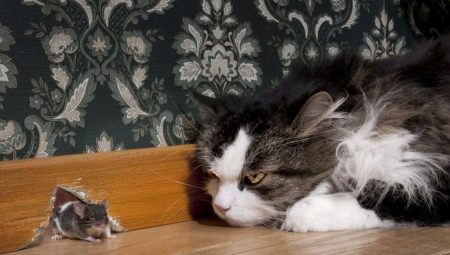
A dog is known to be a man's best friend. However, a similar characteristic can be attributed to another four-legged pet - a cat. Due to the fact that these animals are predators by nature, they are able to perform practical functions of catching rats and mice, thanks to which they are beneficial to humans.
This opportunity for furry pets plays an important role for residents of rural areas, as well as for those who own their own private homes and land. Today, there are several breeds of cats that have a pronounced ability to catch rodents.

Peculiarities
Pied Piper cats differ from their counterparts in a number of ways. Obviously, the main one is the expressed hunting instinct. However, in addition to this characteristic, there are a number of other features that must be taken into account.
- So, scientists, veterinarians, as well as breeders note the fact that with regard to the manifestation of the hunting instinct in cats, gender difference is well expressed. Cats are considered to be more effective rat-catchers than cats. The thing is that nature in females is laid with the awareness that they must feed not only themselves, but also their offspring, therefore, in terms of getting food, they act more actively and consciously.
- Also those cats that catch mice and rats, differ from their counterparts in the shape and structure of the head... It is believed that animals with a skull, the outlines of which are close to triangular, are capable of hunting more than others.
- The presence of high ears with tassels and a lush mustache is another sign of a rat catcher. This anatomical structure provides high sensitivity: the hairs react to any, even the slightest, vibrations of the air.
- A bright and variegated color can also indicate that cats are hunters.... This color plays the role of a kind of camouflage and helps animals to catch rodents.
It should be borne in mind that the more signs described above you observe in a particular individual, the better it will cope with catching rats and mice.
With a hunter like this in your home, you don't need mechanical mousetraps.
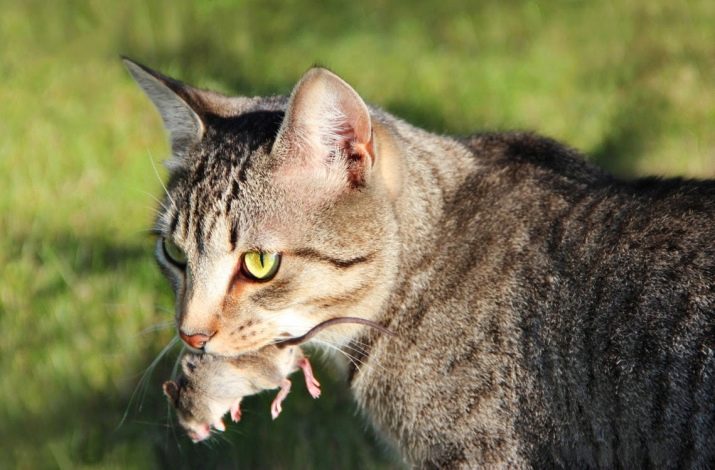
Best breeds
Obviously, not all cat breeds correspond to the hunting description given above. In addition, it is rare for a breed to include all traits without exception. At the same time, there are certain varieties of four-legged furry pets that are better at capturing rodents than others. Let's consider the main ones.
Maine Coon
The breeding of such a breed is largely associated with the presence of hunting skills and abilities in animals. Initially, they served as a kind of hunters, protecting warehouses with grain from unwanted attacks by rodents.
Representatives of the Maine Coon breed are distinguished by a high level of mobility. In addition, they are resistant to external environmental conditions, so they can hunt rodents in any weather. Animals are also distinguished by a certain passion: seeing a mouse, they will watch it for a long time and track it down - until they catch it.
Another important characteristic of the breed is the fact that its representatives are quite impressive in size. In this regard, they are able to catch even large rats.
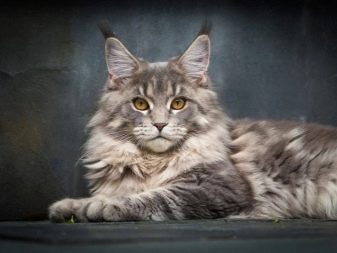

Russian blue
Smoky cats have an unconditional advantage - they are able to move smoothly, but at the same time quickly and silently, so they catch their prey by surprise. The Russian blue breed is a classic example of rat catchers. This is indicated not only by scientific research and theorists, but also by experienced breeders.

Siberian
If we characterize the process of catching rodents performed by cats of the Siberian breed, then first of all two terms should be mentioned: fast and quiet. Assistance in the process of catching is provided by the features of the anatomical structure of the animal, namely, the presence of fluff and wool on the pads of the paws, which isolate the sound during the movement of the fluffy pet.
Representatives of the Siberian breed show great excitement in catching rodents, and also have little attachment to the owner. That is why you will more often find an animal hunting than lying on your hands.


Kurilian Bobtail
It is widely believed among breeders that animals of this breed have a character and behavior that is similar to that of dogs. Moreover, such characteristics in cats appear from childhood: they quickly become attached to their owners and fiercely protect them from any dangers and threats.
Due to the anatomical structure of the body, in particular, powerful paws, the animal can develop a fairly high speed, as well as jump long distances, which greatly simplifies the process of catching them.
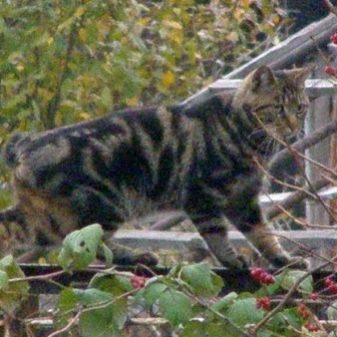

Kimrick
The cat of this breed prefers to live in private houses that have an adjoining territory, as he needs constant walks and active pastime. The representatives of the breed have rather dexterous and mobile paws, as well as tenacious claws, thanks to which it is able to catch rodents.
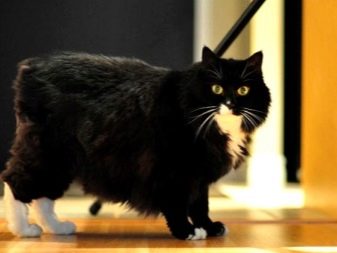
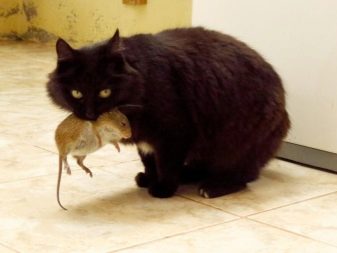
British Shorthair
In general, British shorthair cats are considered to be aristocratic and noble, but few people know that, among other things, these animals are also good hunters. An important role in this regard is played by the internal instincts and reflexes of the animal. The rather large size of cats allows them to engage in fights and hunt even for large rodents, even rats.

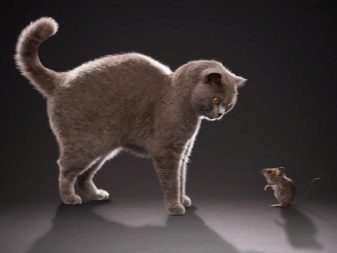
How to choose?
Choosing and buying a cat capable of catching rodents is not an easy task.Therefore, its implementation must be given close attention.
First you need to decide which of the breeds described above you want to buy. In general, each of them will cope with the task of catching rodents, but, nevertheless, each species has its own characteristics. Considering your place of residence and lifestyle, you need to determine the best breed for you.
When buying, pay attention to the kitten's appearance and behavior. So, he must be active and have a good appetite.
If the animal is constantly sleeping and eating poorly, then this is a sure sign that it is sick with something. As for the external manifestations of health, then take a closer look at the cat's eyes - they should be clean and clear. Also carefully examine the coat for abrasions and bald spots.
If the animal satisfies the previous conditions, then now it is important to check all the necessary documents with the seller. It is important to make sure that a purebred animal is being sold to you, and not a yard animal, because the hunting abilities of your pet will depend on this. Ask the seller to show you the cat's passport, as well as other necessary and available documents.

Conditions for keeping
The conditions of keeping the animal may vary depending on the specific breed. Some breeds prefer to live in a comfortable home environment, while others, on the contrary, will gladly live in a local area. One way or another, but you need to make sure that the animal has and knows its place. To do this, you need to equip a bed, which will play the role of a sleeping place for the cat. A similar bed can be purchased at a zoological store, or you can make it yourself from available tools (for example, from an old blanket).
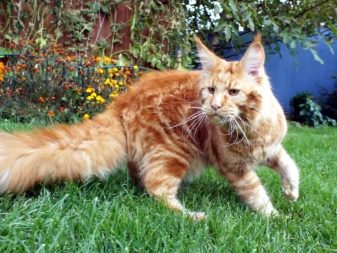
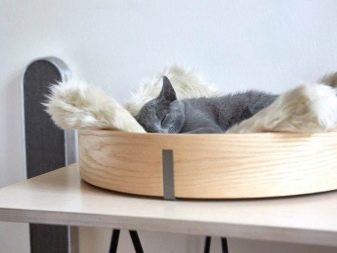
The cat also needs a litter box. Modern trays should be filled with special dry litters that need to be replaced regularly. Make sure that the animal has bowls for food and water. They should be as far away from the tray as possible. Keep them clean, wash and clean containers constantly.

What to feed?
It is very important to take care of organizing a meal schedule for your pet. This means that you have to feed him at the same time every day. Moreover, access to water must be constant.
Depending on the specific breed you choose, the diet may contain prohibited foods (for example, these may include fatty meats).
However, regardless of the variety, care must be taken to ensure that only fresh and high-quality food gets into the animal's bowl.
At your choice, you can feed your pet dry food or natural products. In either case, you need to make sure that the animal receives all the necessary trace elements and vitamins.
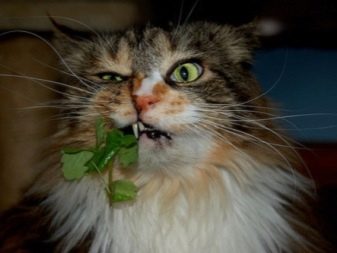
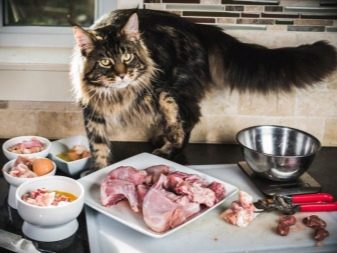
How to care?
The grooming procedures that cats need include bathing, hygiene procedures and preventive veterinary examinations.
So, the cat should be washed as it gets dirty, but at least once every 2 weeks. (dates may vary depending on the breed). In this case, it is allowed to use only those detergents that are intended for animals. Also belongs to the category of hygiene procedures regular cleaning of ears and eyes (this should be done with cotton swabs and discs).
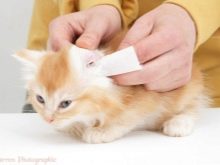
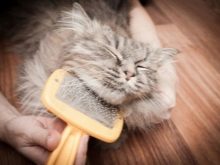
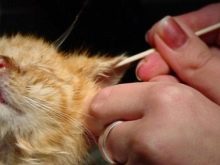
Once every few months, the cat must be shown to the veterinarian. Do not forget to carry out systematic procedures to get rid of worms and fleas. In the event that you notice that your rat catcher has been injured by a rodent, hurry to the veterinary clinic, as rats and mice carry a large number of dangerous diseases that can be transmitted to your pet, and even cause death.
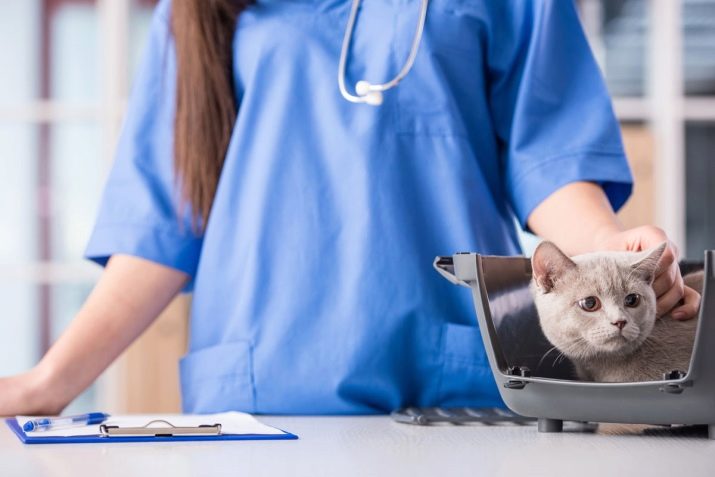
In the next video, you can watch how the cat deftly caught a mouse that ran into the house.
































